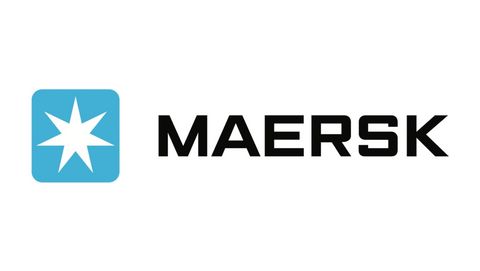Companies news
Maersk and Globalization 2.0: Navigating Multipolar Trade, Resilient Supply Chains, and New Growth Opportunities

Globalization 2.0 has begun; we are entering a new phase in global trade. What does it mean for Maersk and for our customers in terms of opportunities?
A shift in trade momentum toward Asia—with China emerging as a driving force. Reshaped supply chains, prompted by geopolitical shifts and protectionist trends.
A growing strategic calculus in the U.S. around safeguarding its manufacturing and supply chain control.
In the rest of the world, we seem to have entered now a new phase of globalization by China, that raise tension between this evolving era and protectionist currents, especially in the U.S. with Tariffs.
“It’ll be interesting to see whether there’s a protectionist response—or if this trend becomes the industry’s new normal.”
Vincent Clerc noted that the U.S. perceives this emerging global structure as a strategic challenge: "The U.S. sees this second phase of globalization as a risk to its manufacturing base and strategic independence.”
Multipolar Trade Networks
Globalization 2.0 signals a shift away from a U.S.- or Europe-centered model toward a multipolar system where China, Southeast Asia, India, and regional blocs are just as important.
Impact: Supply chains will be less linear (not just Asia → West) and more regionalized (intra-Asia, South-South trade, nearshoring).
Resilience vs. Efficiency Trade-Off
With protectionism and tariffs (e.g., U.S.–China tensions), global networks are becoming more fragmented.
Impact: Procurement and logistics leaders must balance cost efficiency with resilience. Dual sourcing, multi-hub distribution, and strategic inventories will become standard.
Rise of “Friendshoring” & “Nearshoring”
Countries and companies are building supply chains with trusted partners alignment, shared standards
Impact: Supplier diversification is no longer optional—it’s a risk management mandate. Expect more sourcing shifts toward Vietnam, India, Mexico, Eastern Europe, South-East Asia.
What Procurement & Supply Chain Leaders Should Do
Re-map supply chains: Identify dependencies on single geographies
Scenario plan: Model costs, lead times, and risks under different tariff/geo-political outcomes.
Build optionality: Structure contracts to allow rapid shifts between suppliers/regions.
Invest in partnerships: Work with logistics providers (like A.P. Moller - Maersk ) that offer end-to-end visibility, resilience, reliability and flexibility.
Think geopolitically: Supply chain is no longer just operations—it’s strategy tied to global power shifts.



